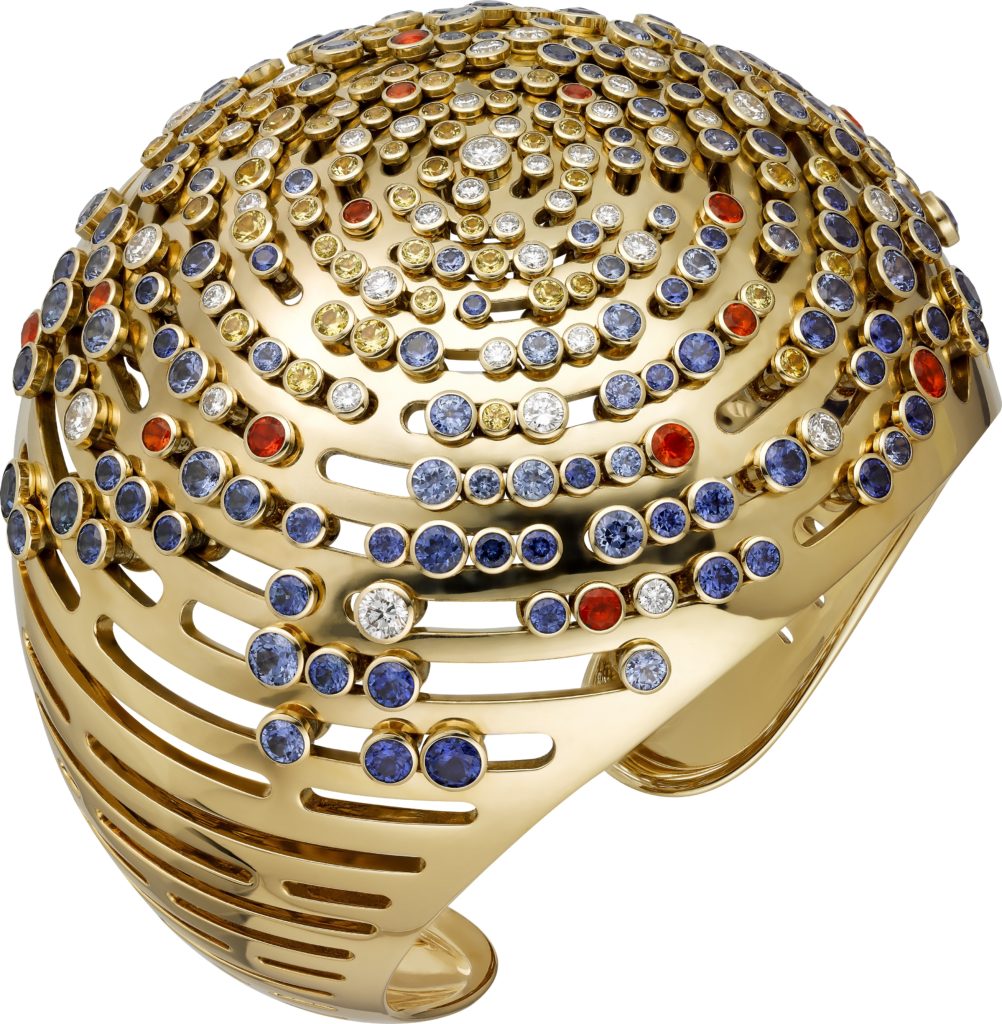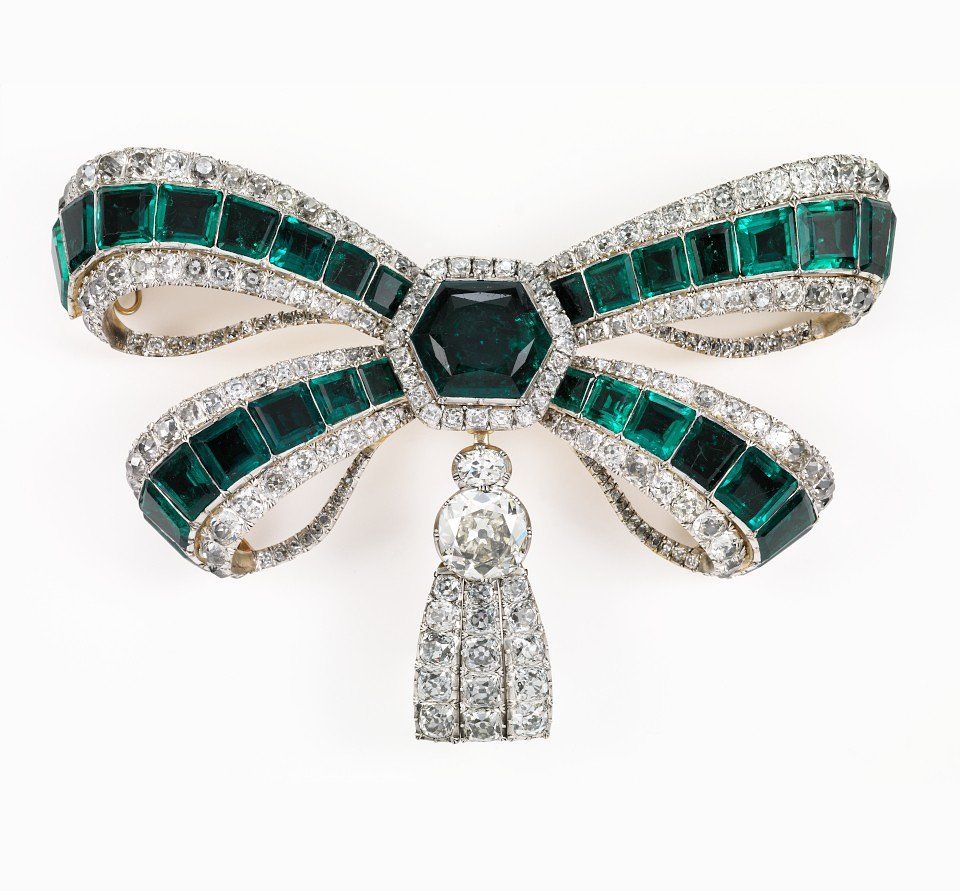If there is a raw material that has been used a lot in the making of jewellery and which is nevertheless unknown to the general public, or even to many professionals, it is hair. I therefore propose that you discover these pieces, which are often very beautiful, but let’s be honest, peculiar and even disturbing for many people.
Historically, the great period of manufacture of these pieces begins during the eighteenth century and continues throughout the nineteenth, but there are examples dating from the late seventeenth century. Hair is so important because it is a strong and particularly resistant material. But it is also a material with a strong sentimental impact: a mother will preciously keep the first lock of hair cut from her child, the promised ones will exchange hair as a token of love, and of course locks of hair from a dead person will often be kept to perpetuate his memory. I mentioned above the resistance of the material, but there is another element that also explains the success of the use of hair, beyond its “availability”: the absence of images. At that time, there were no photographs, no images, no smartphones where one could record and store all sorts of images. Except for portraits or paintings, no photos could be exchanged. It is therefore impossible for a mother to keep images of her child, for lovers to have images of shared moments and of course for families to keep memories of a loved one’s life. Hair fulfils this role. The advent of photography will put an end to this industry. Let us add to this that the feeling towards this material has changed with time, if it tends to disgust today, it is nothing like it was in the 18th and 19th centuries.
It is thus well of jewels of feelings that we will speak here, that they relate to oaths of love or that they mark the mourning and the absence of a loved one. These jewels are not reserved for an elite, but they are prized by all strata of the population. Napoleon in his will, which he had dictated in 1821, requested that: “Marchand (his executor) shall keep my hair and have it made into a bracelet with a small gold lock to be sent to the Empress Marie-Louise, to my mother and to each of my brothers and sisters, nephews, nieces, the cardinal and a more considerable one for my son
Most of the jewellery that has come down to us dates from the period 1800 – 1850, a period of predilection for the production of such jewellery. The workshops specialised in this trade, they worked together with “hair merchants” but also offered catalogues and drawings so that customers could choose “from scratch” and have rings, bracelets, earrings, belts, necklaces, medallions and even frames made!
Personally, I am won over by these pieces, perhaps because I have had to restore some. But I think that the work of the craftsmen was admirable. These pieces are of great finesse. It is also important to be aware that hair is not an easy material to work with, it requires a great deal of know-how to obtain the result that you will discover in the jewels that I wanted you to discover.

Hair and gold brooch. On the plate is engraved the name “Lizzie”. Mid 19th century, photo: Morning glory antiques.
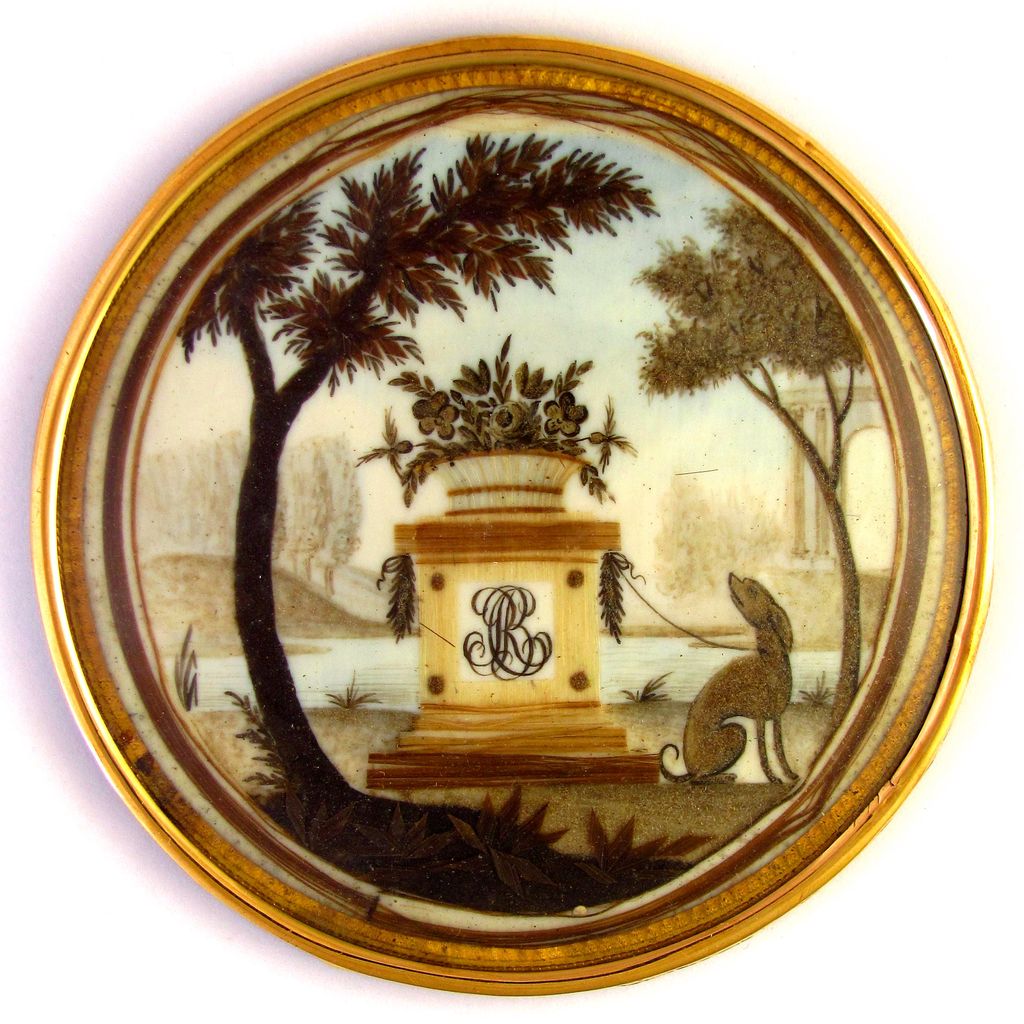
Gold frame with hair and watercolour miniature, French work from the end of the 19th century. Photo: Rubylane.
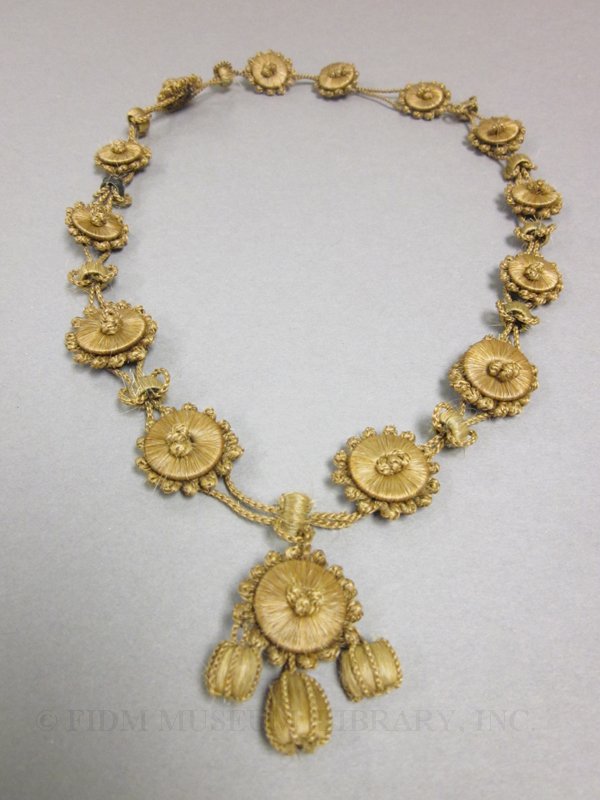
Exceptional blond hair necklace, late 19th century, gift of Mrs Andrea Tice. Held in the collections of the Los Angeles Museum of Textiles and Fashion, FIDM. Photo: FIDM Museum.
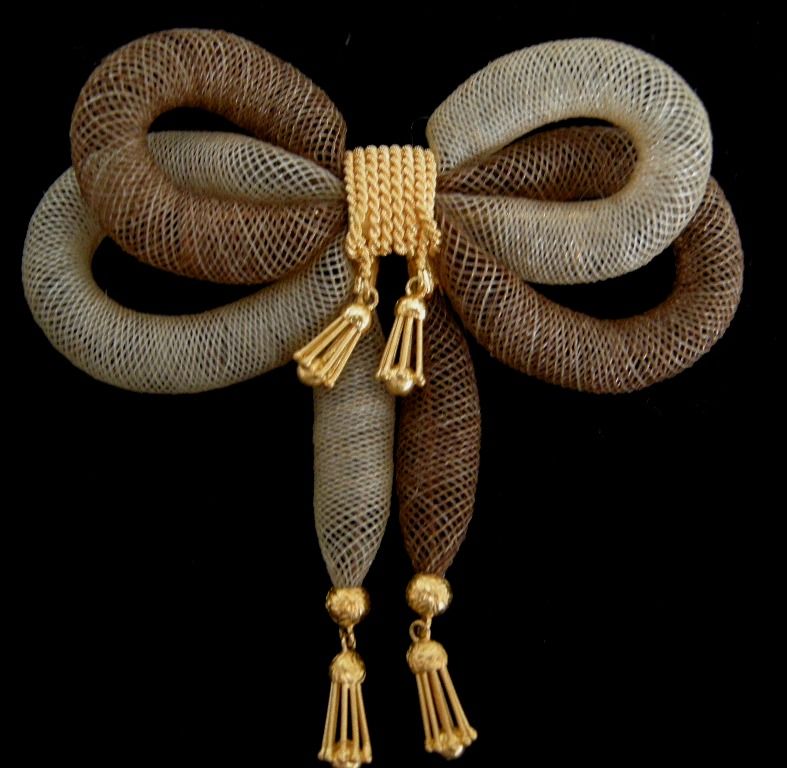
Brooch composed of brown and white hair. The gold elements are known to have been made by the silversmith Antoni Forrer around 1850 in his London workshop. He held the title of “Artist in hair jewellery for her Majesty”. Photo: The victor mourning.
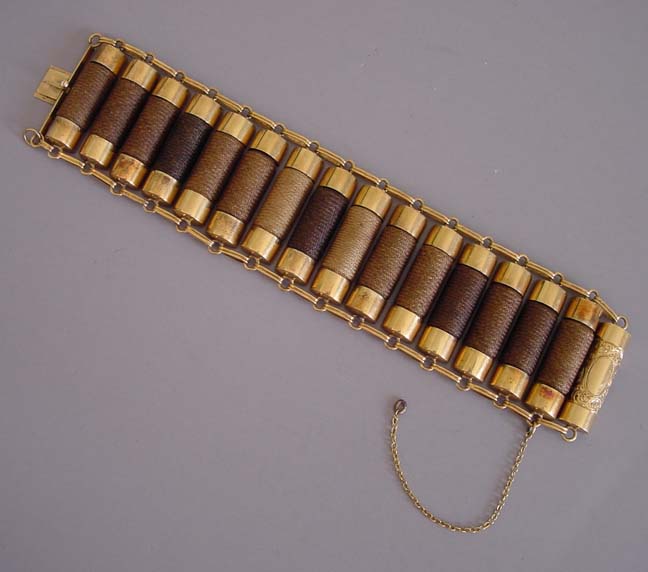
Atypical gold and hair bracelet, as each coil is engraved with initials corresponding to the hair used. Photo: Morning glory antiques.
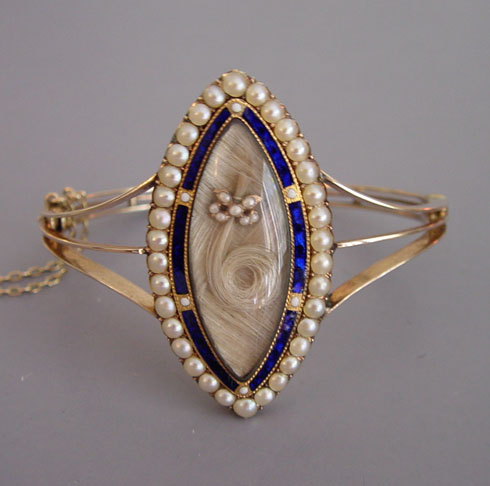
Bracelet in gold, hair, fine pearls and enamel. It is engraved on the inside“John Burdon, b. Octr 14th 1811, d. Novr 12th 1893“. Photo: Morning glory antiques.
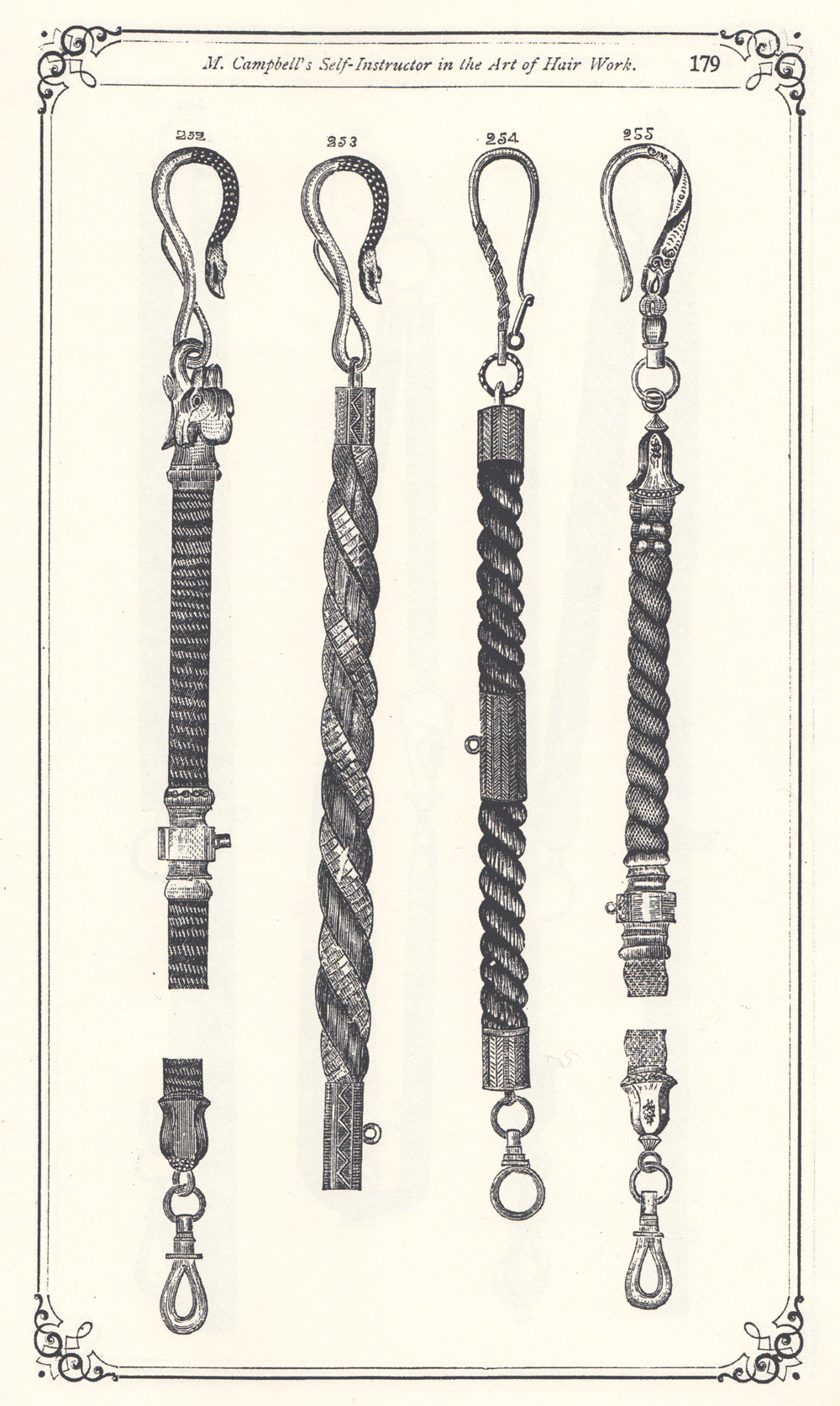
Example of a gold and hair chain that can be made. These designs are taken from Mark Campbell’s book “The art of hair work” published in 1875 for women who wish to make hair work.
I sincerely hope that you will like these amazing jewels as much as I do. They are nowadays neglected and often damaged. Nevertheless, if you find them in the jewellery boxes, don’t throw them away. But ask around. These pieces are truly linked to the history of your families.
See you soon!






